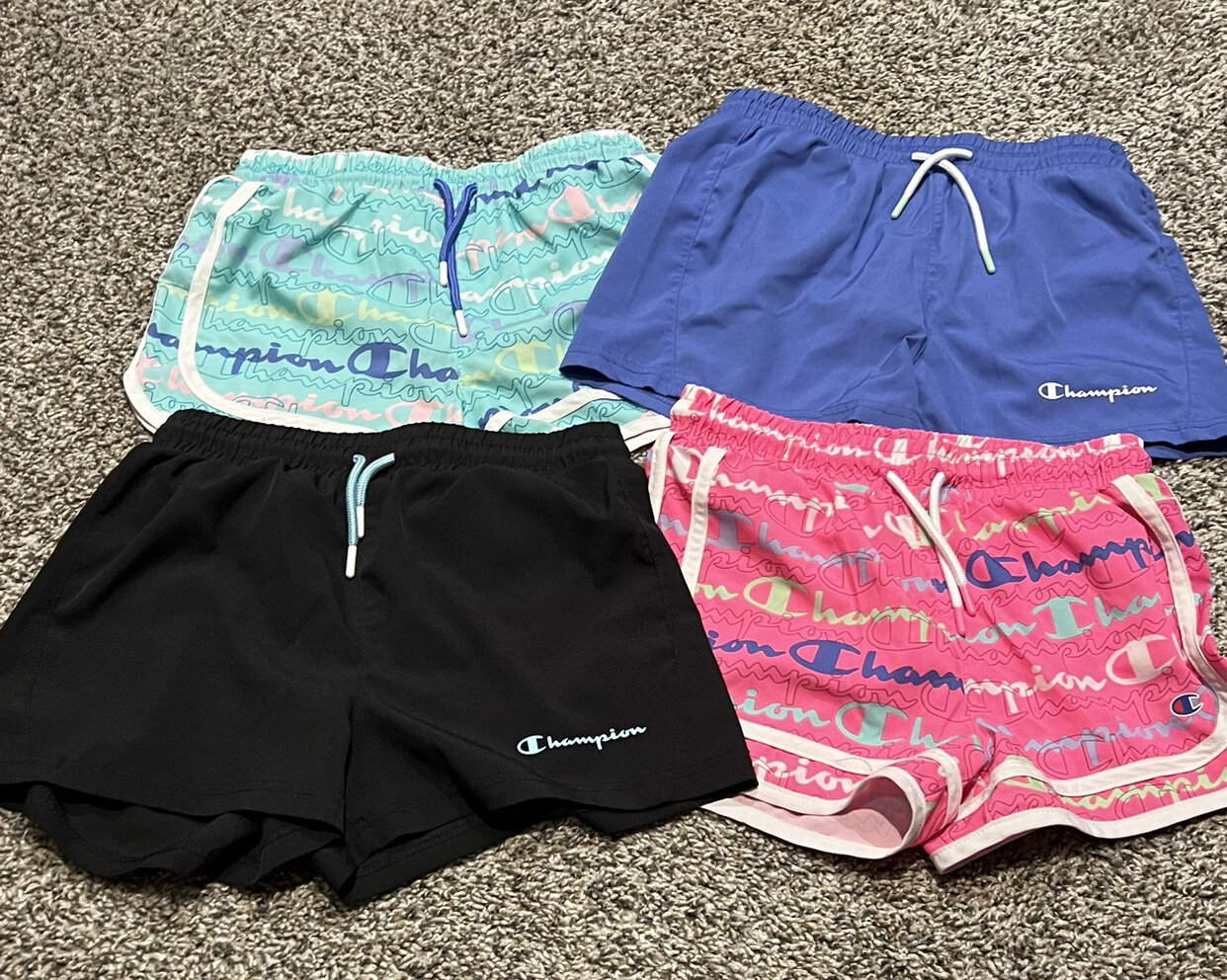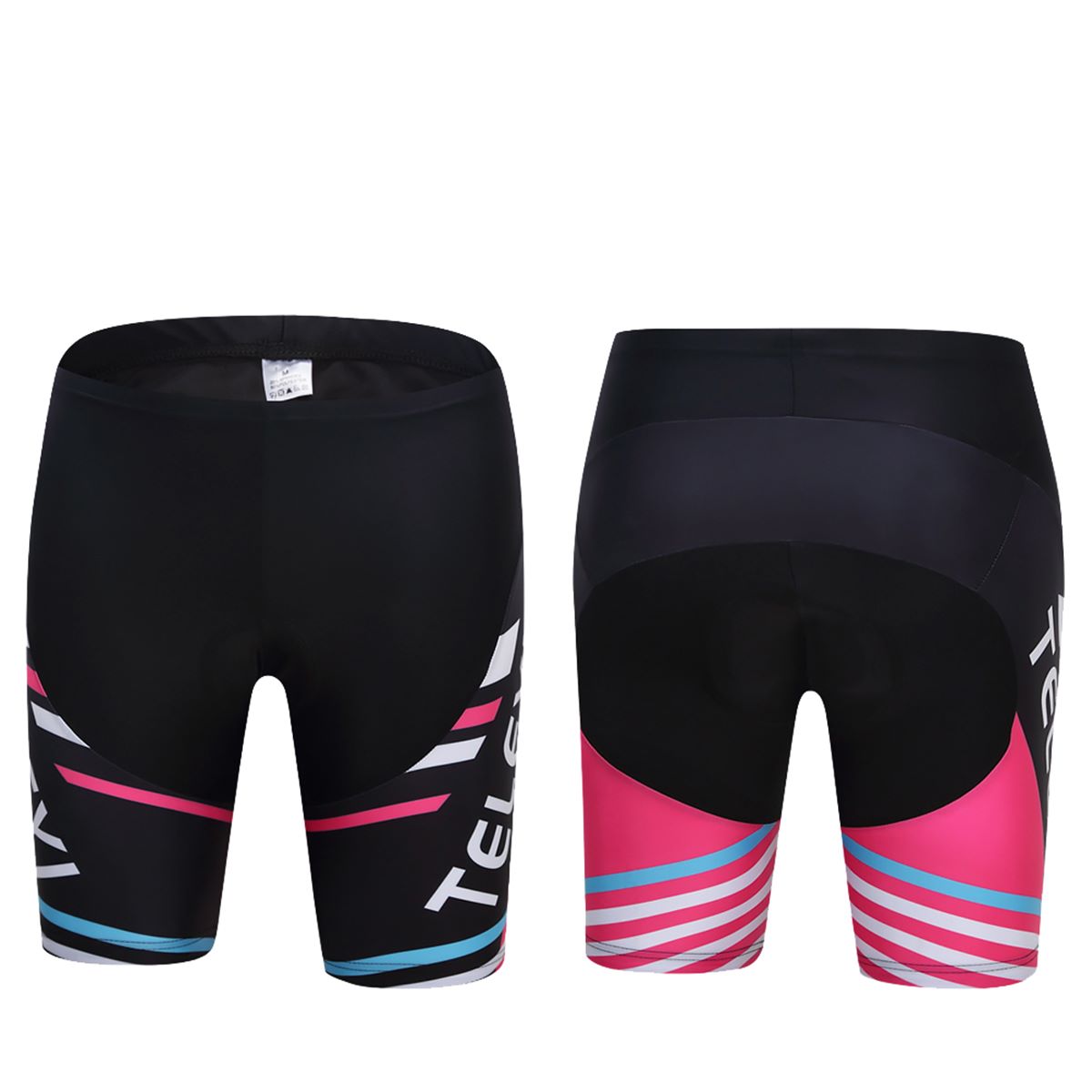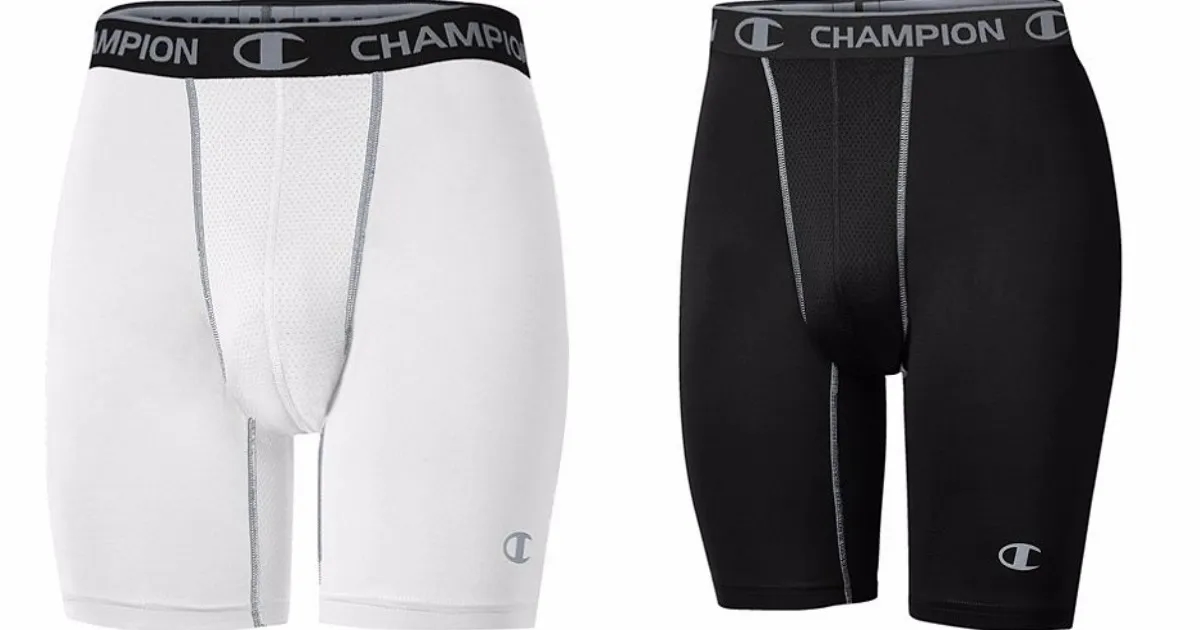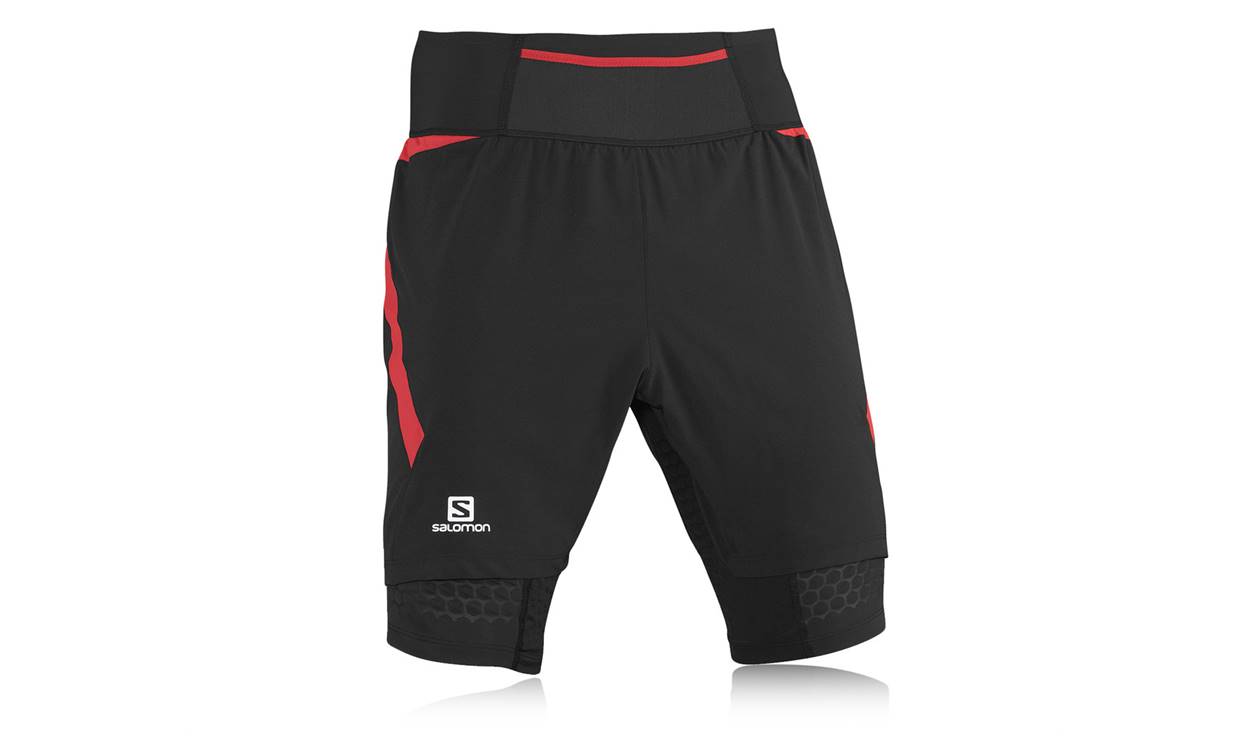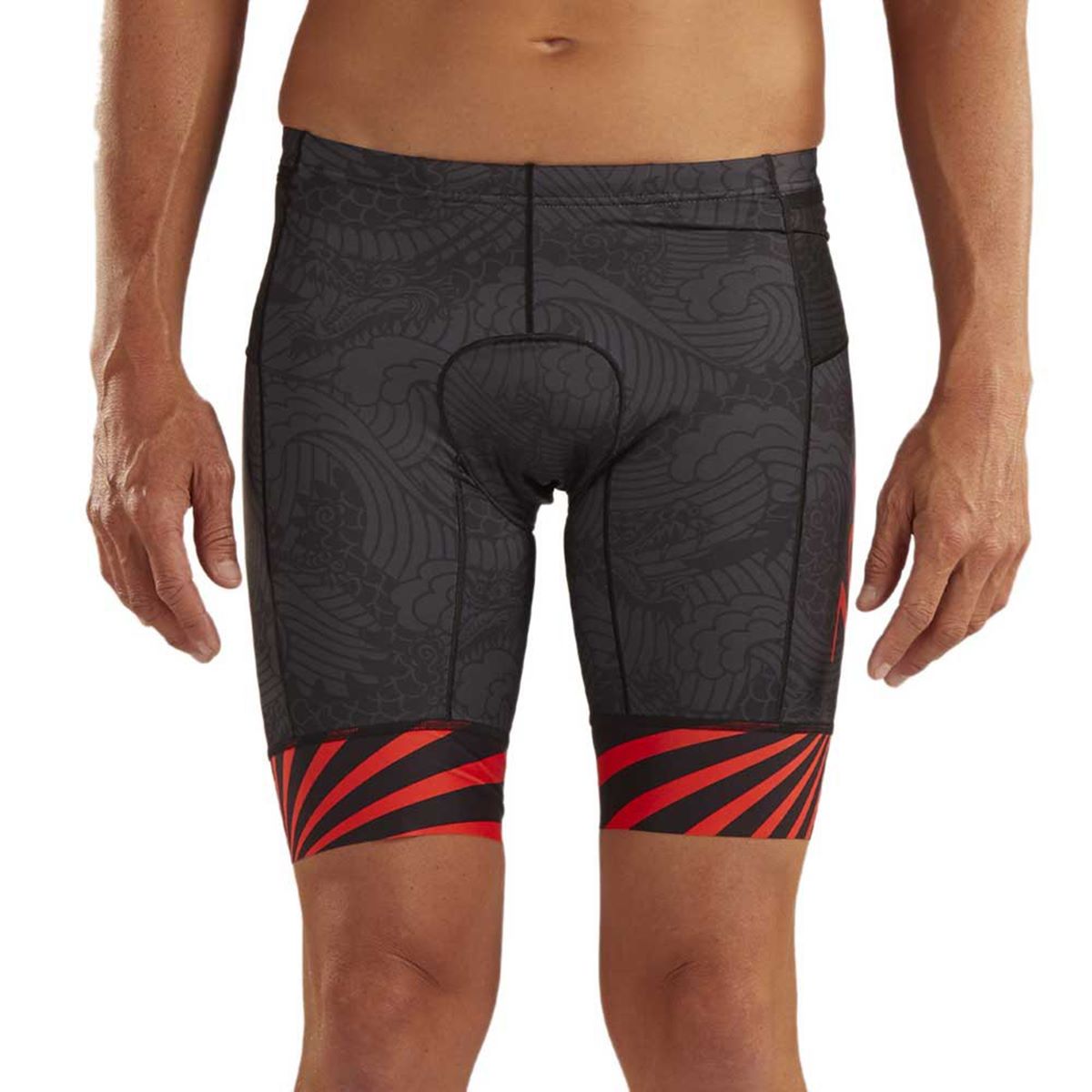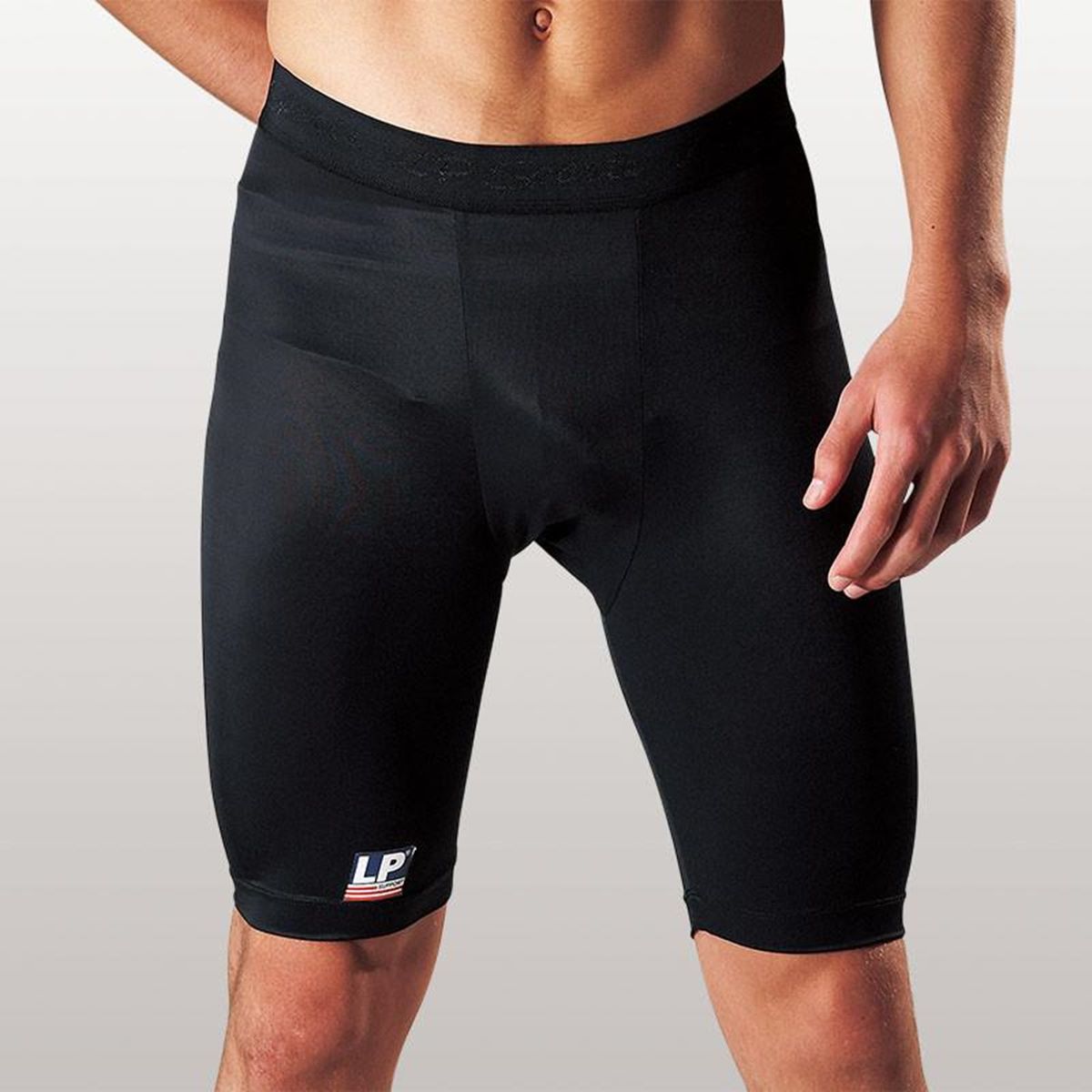Home>Health and Wellness>Health>Running with Comfort: A Comprehensive Guide to Prevent Inner Thigh Chafing


Health
Running with Comfort: A Comprehensive Guide to Prevent Inner Thigh Chafing
Modified: August 19, 2023
Frustrated with inner thigh chafing while running? Learn how to prevent inner thigh chafing and run with comfort using this comprehensive guide.
Every runner, whether a novice or seasoned marathoner, can testify to the sheer exhilaration of hitting the track or trail. But along with this joy often comes certain discomforts – some more irritating than others. Among these, one of the most common yet overlooked issues is inner thigh chafing. This skin irritation caused by repetitive friction can turn a refreshing run into an uncomfortable ordeal. However, with the right knowledge and practices, you can ensure your runs are more comfortable and chafe-free. This comprehensive guide is designed to help you understand and effectively prevent inner thigh chafing during your runs.
Understanding the Rub: What is Chafing?
Before delving into the solutions, let’s first understand the problem. Chafing is skin irritation that occurs when there is continual rubbing between skin surfaces, or between the skin and clothing. This repetitive friction leads to symptoms like redness, a stinging sensation, or even a burning feeling. In more severe cases, it can result in raw skin or blisters. Understandably, this can hinder your running performance and overall comfort during the run.
What Causes Inner Thigh Chafing in Runners?
Recognizing the factors that lead to chafing is the first step towards prevention. The main reasons why runners experience inner thigh chafing include:
Sweat
Running is a high-intensity exercise that often leads to excessive sweating. This sweat, when coupled with friction, can irritate the skin, causing it to chafe.
Clothing
Wearing unsuitable or ill-fitting running shorts can increase the friction against the skin. Particularly, shorts that are too loose or too tight, or made from non-breathable materials can aggravate chafing.
Weight Fluctuations
Gaining or losing weight can lead to changes in the body shape, possibly leading to chafing in new areas.
Running Form
The way you run can also contribute to chafing, especially if there is excessive skin-on-skin or skin-on-clothing contact.
By understanding these causes, you can take suitable steps to avoid the factors leading to chafing.
Beating Chafing: Proactive Steps for Prevention
Now that you know what chafing is and what causes it, let’s explore the proactive measures you can take to prevent this pesky issue:
Choose Suitable Clothing
Your running attire plays a significant role in managing chafing. Here are some points to consider:
Material
Choose synthetic fabrics specifically designed to wick moisture away from your skin. While cotton may seem comfortable, it tends to hold onto sweat and can exacerbate chafing.
Fit
Ensure your running shorts fit you well. Shorts that are too loose may bunch up and create friction, while those too tight may rub and irritate your skin.
Design
Consider investing in running shorts designed to minimize chafing. These usually feature a longer inseam and are designed with flat or seamless constructions to decrease rubbing.
Use Anti-Chafing Products
A variety of products are available in the market specifically designed to combat chafing:
Anti-Chafing Balms
These balms form a protective layer on your skin, helping reduce friction.
Powders
Absorbent powders help keep your inner thighs dry, decreasing the chance of chafing.

Image from Adobe
Bandages or Patches
These can be applied to chafing-prone areas to reduce friction.
Maintain Proper Hygiene
Keeping your skin clean and dry is crucial in preventing chafing:
Shower Before Your Run
This helps remove any salts or oils that could contribute to chafing.
Dry Off Completely
Be sure to dry off thoroughly after your shower, particularly in the inner thigh area.
Avoid Perfumed Products
These can irritate the skin and increase the risk of chafing.
Train Smartly
Finally, making some strategic adjustments to your running routine can also help prevent chafing:
Gradually Increase Your Distance
If you’re new to running or have recently increased your distance, your body may not be accustomed to the extended friction, leading to chafing. Gradually increasing your running distance can help your body adapt more effectively.
Improve Your Running Form
Professional guidance on running form can help reduce excessive skin-on-skin or skin-on-clothing contact.
Conclusion
Preventing inner thigh chafing when running largely boils down to preparation and making smart choices, both in terms of what you wear and how you train. By understanding the causes of chafing and implementing these practical solutions, you can enjoy more comfortable and rewarding runs. Remember, each runner is unique, so it’s crucial to listen to your body and find the combination of techniques that works best for you.
FAQs
1. Can inner thigh chafing lead to severe health issues?
While chafing is primarily a source of discomfort, if left untreated, it can lead to skin infections. Therefore, it’s important to take preventative measures and treat any chafing as soon as it occurs.
2. I’m a plus-sized runner. Am I more prone to inner thigh chafing?
Anyone can experience chafing, regardless of body size. However, some runners may experience chafing in different areas based on their body shape and size. It’s crucial to find running shorts that fit well and use anti-chafing products as necessary.
3. Are there specific brands of running shorts recommended to prevent chafing?
While many brands offer running shorts designed to prevent chafing, the key is to look for shorts that fit well, are made from moisture-wicking material, and have a seamless or flat-seam design.
4. How do I treat chafing if it has already occurred?
If chafing occurs, clean the area with water, apply an antibacterial cream, and cover it with a bandage. Avoid running until the area has healed completely to prevent further irritation or potential infection.
5. Can I use my regular body lotion or petroleum jelly to prevent chafing?
While these may provide temporary relief, they are not specifically designed to handle the extended friction that occurs during running. It’s best to use a product specifically designed to prevent chafing.
